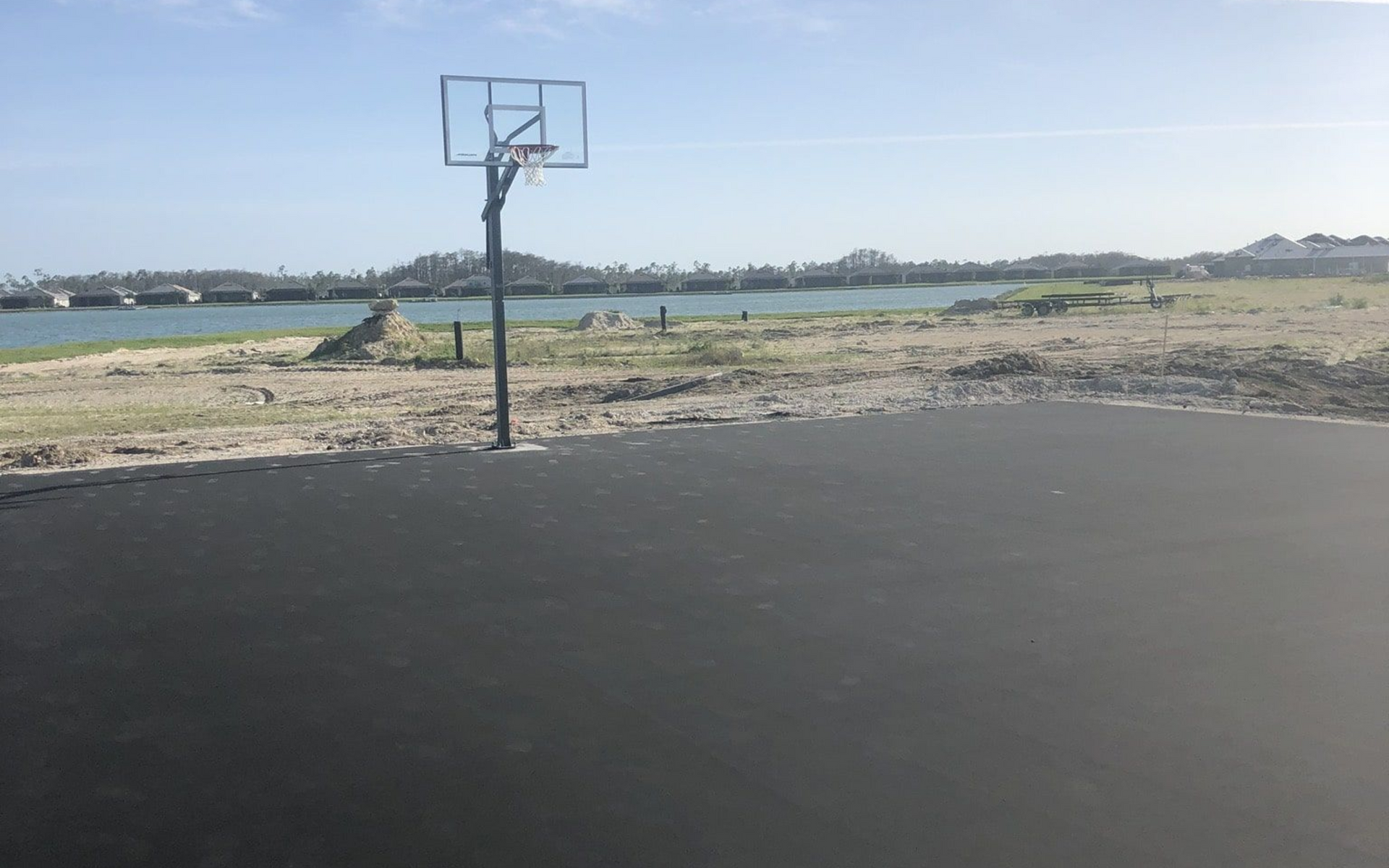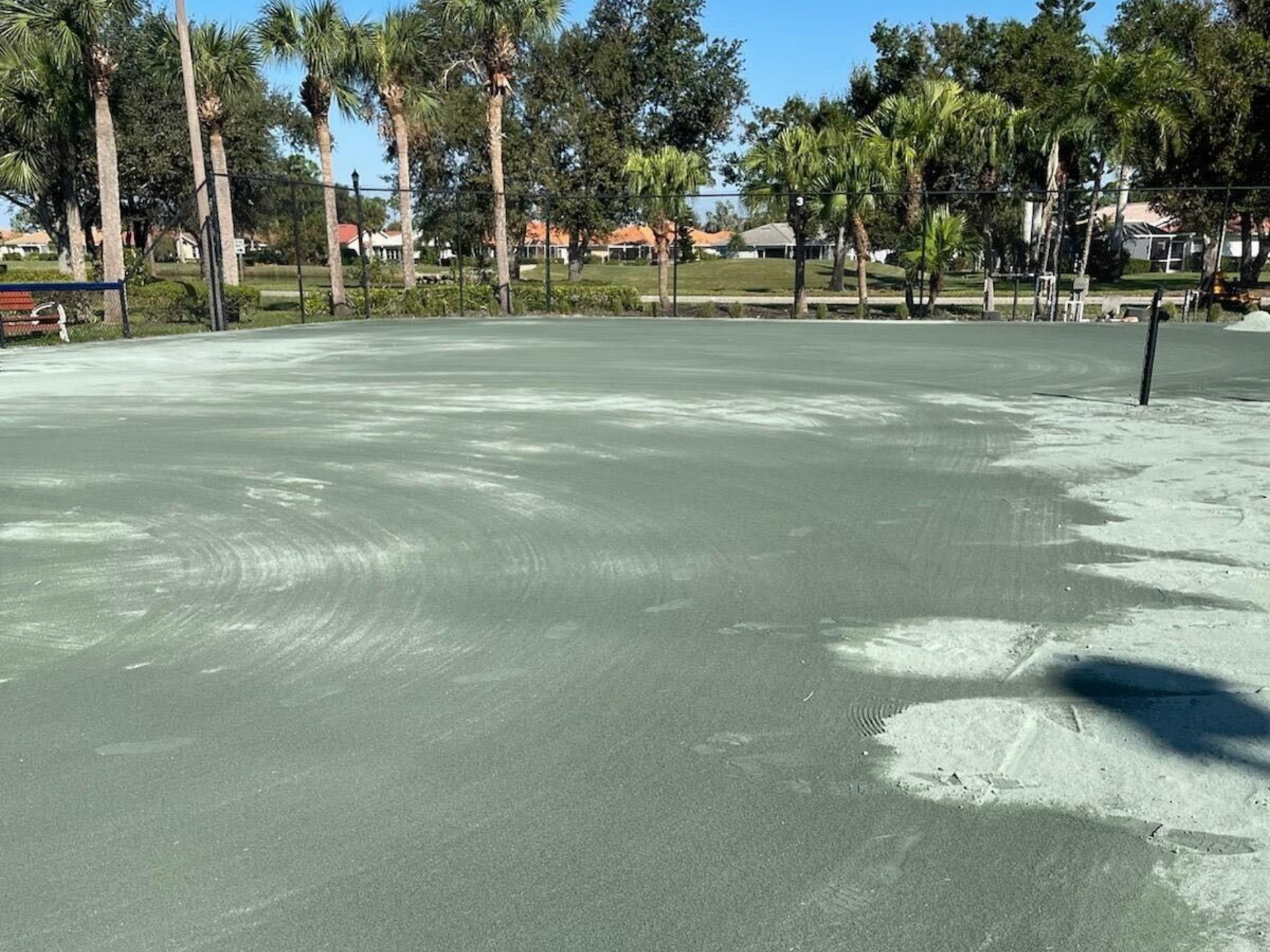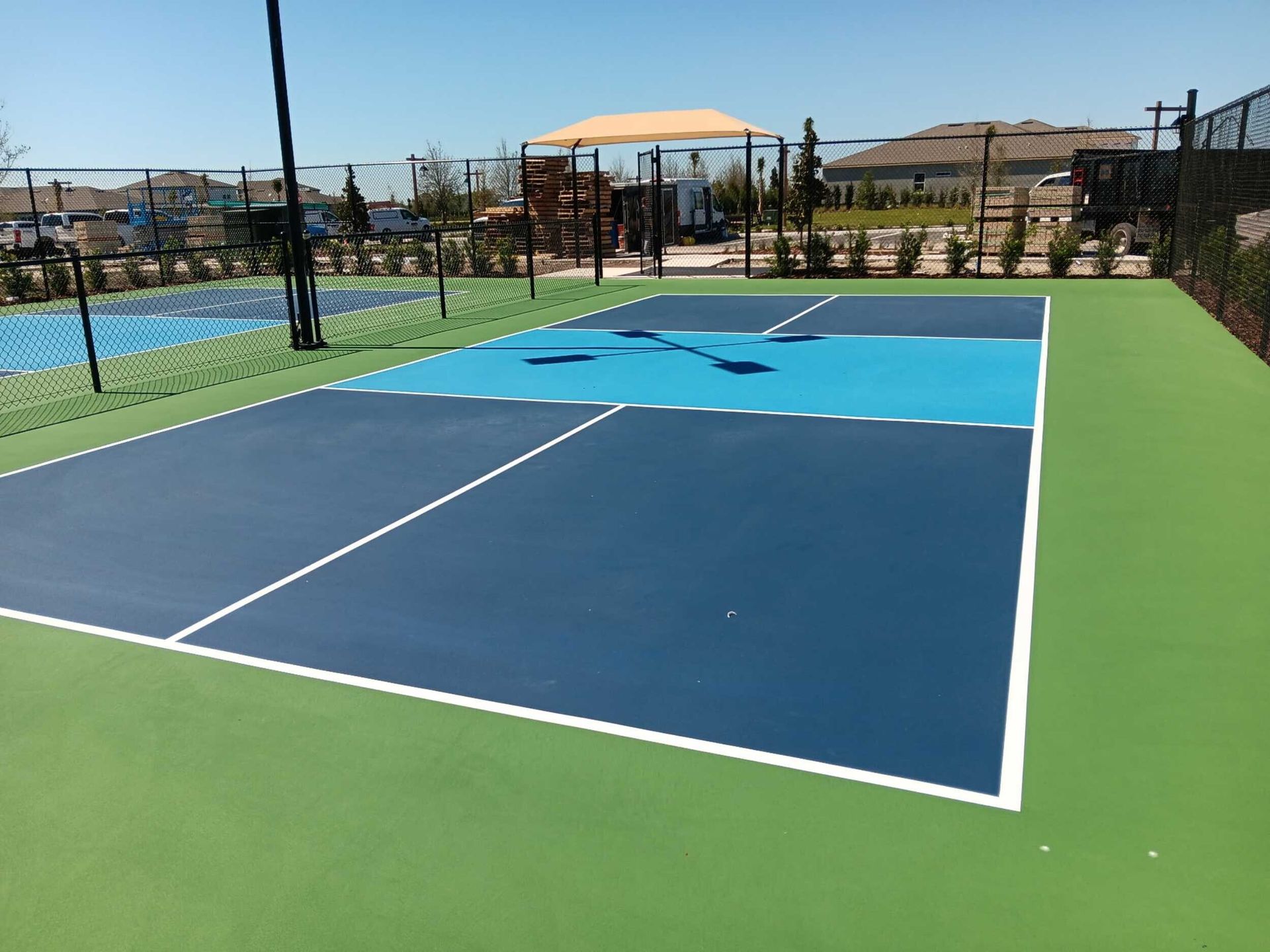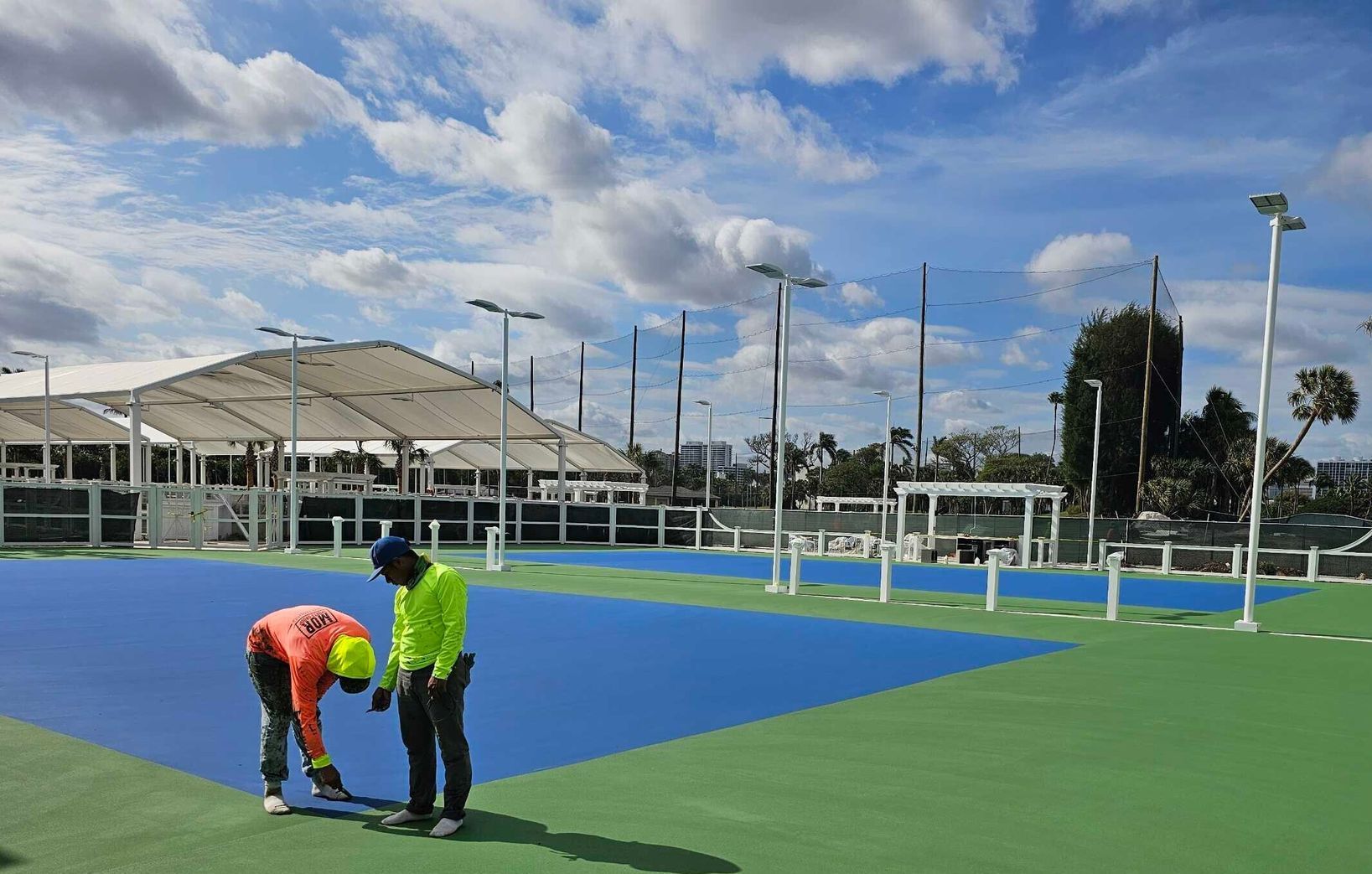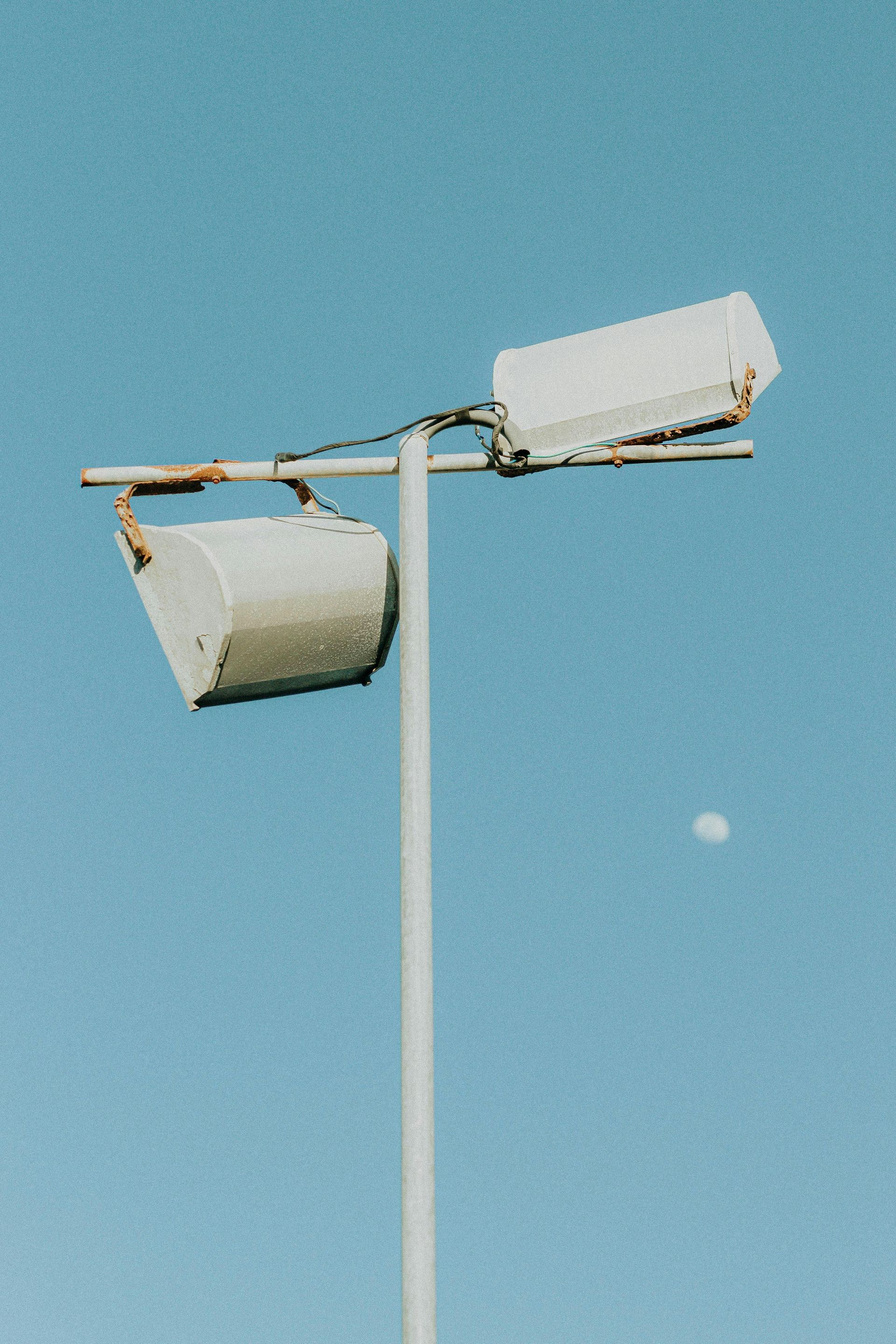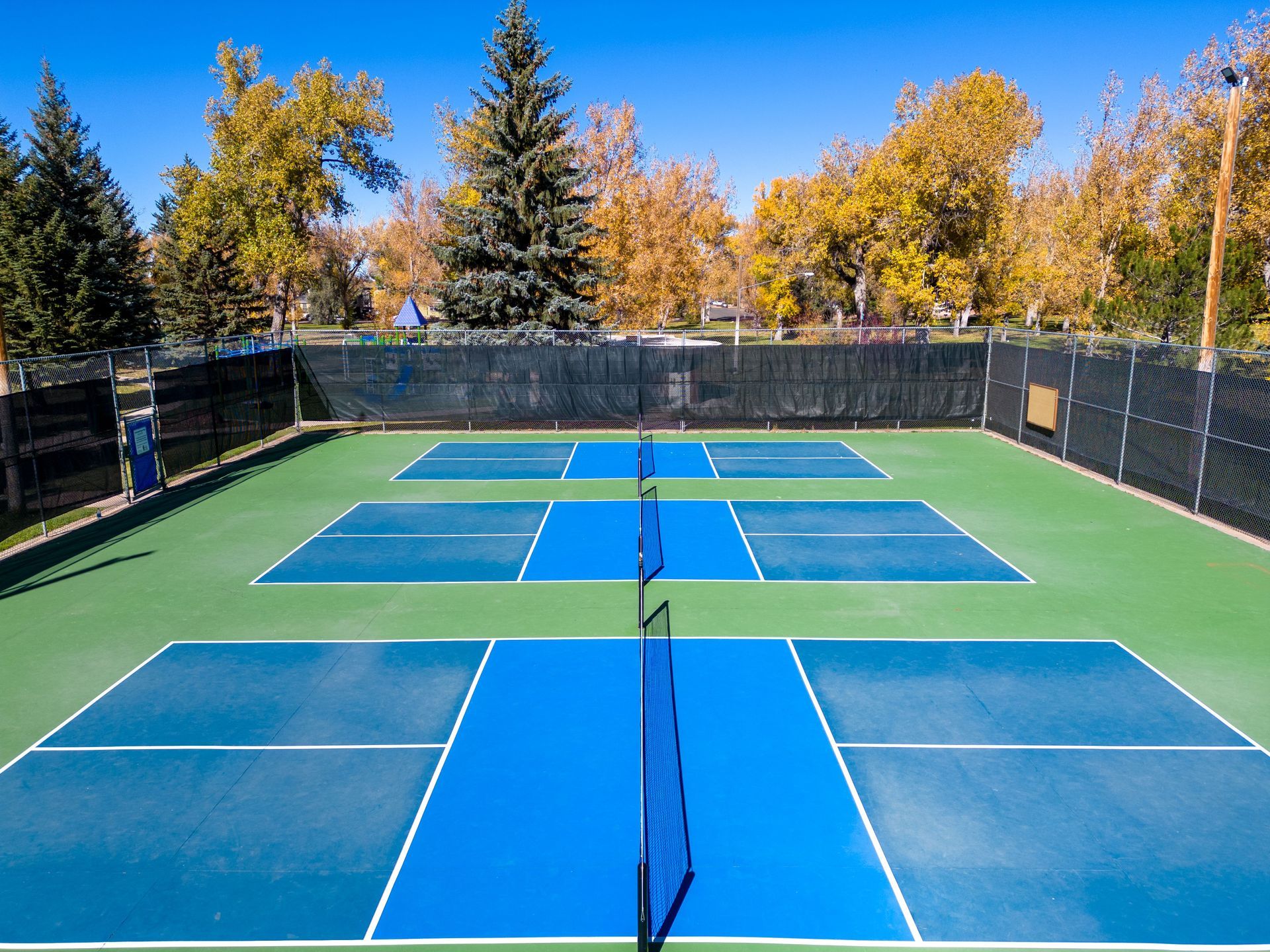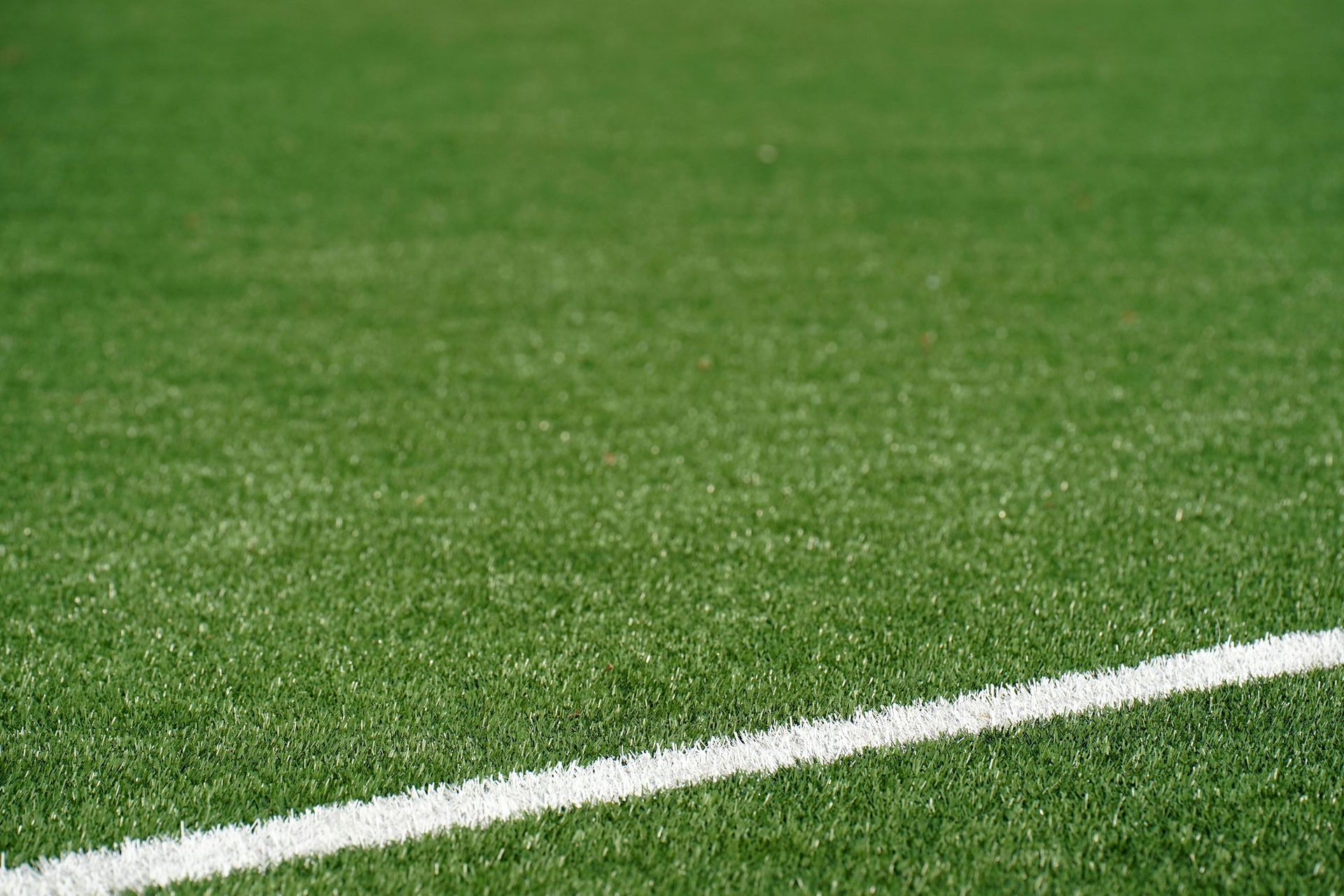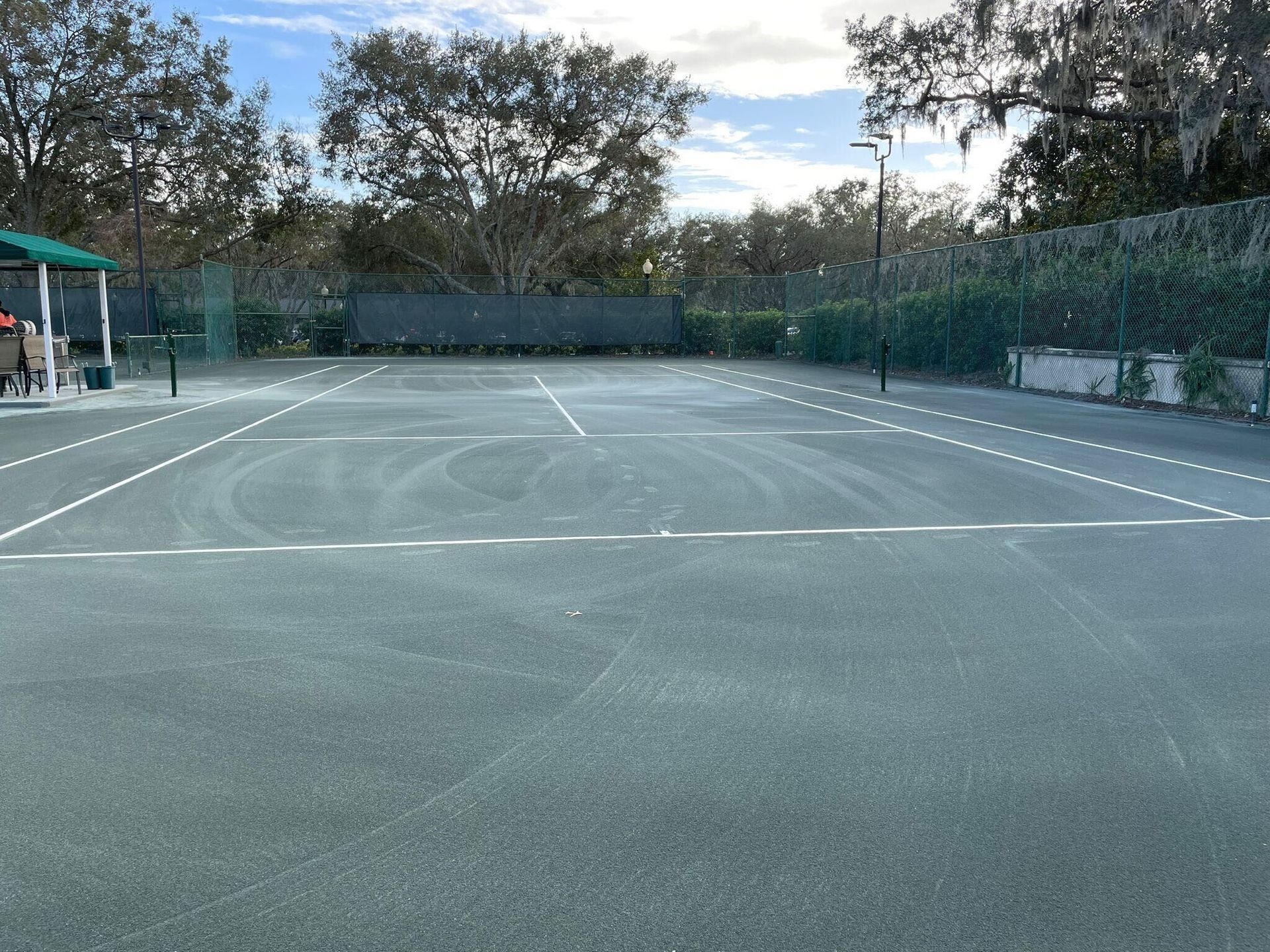Comparing Top Bocce Court Surface Options
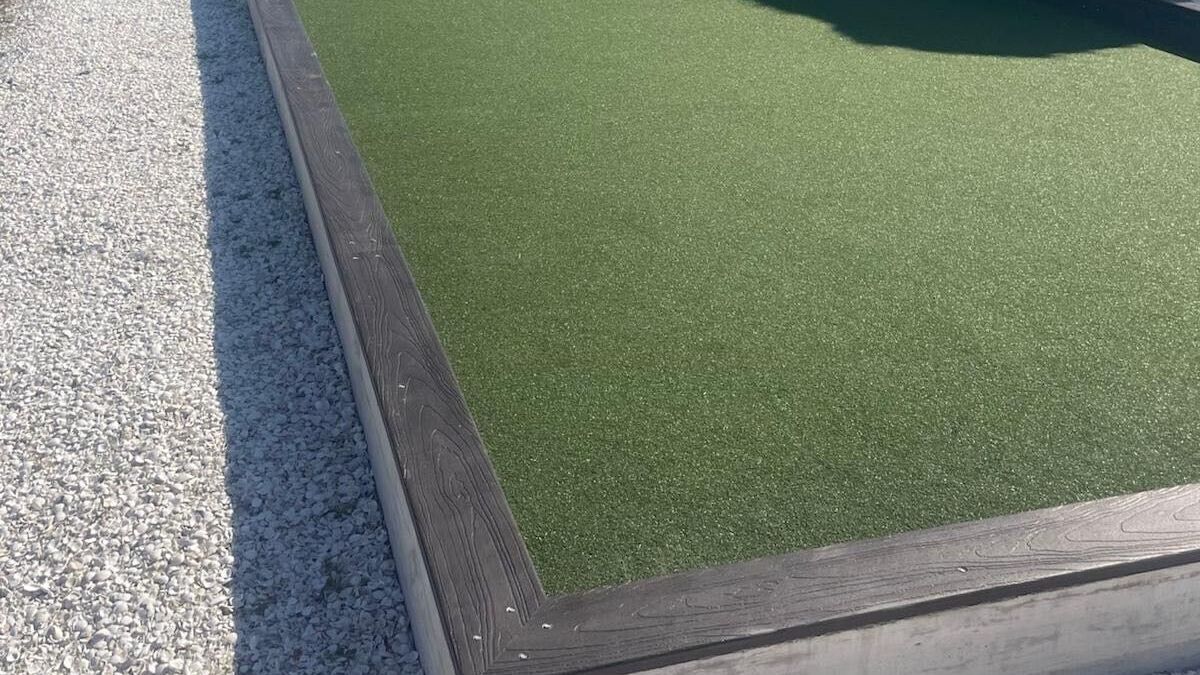
Did you know that bocce is the 3rd most popular sport in the world, with an estimated 25 million people playing in the U.S. alone? As the game continues to grow, more homeowners, communities, and sports facilities are building their courts to bring people together and enjoy the game at home.
In this guide, we’ll break down the most popular bocce court surface options—synthetic turf, crushed stone, and sand. We’ll walk you through the pros, cons, and ideal use cases so you can pick what’s right for your space.
Why the Right Bocce Court Surface Matters
The surface isn’t just for show—it directly impacts how the game is played. If you’ve ever tried playing bocce on grass or a patchy DIY surface, you already know that bounce, roll, and friction all change drastically depending on the material.
A good surface should:
- Stay relatively flat and consistent
- Drain water quickly so you don’t wait days to play after it rains
- Require minimal maintenance
- Last for years with regular use
Pick the wrong surface, and your court could turn into a maintenance headache—or worse, an unplayable space.
Overview of Popular Bocce Court Surfaces
There are three standout contenders for bocce court materials:
- Synthetic Turf – durable, clean, low-maintenance, and great for consistent play
- Crushed Stone – traditional, firm underfoot, drains well, but needs some leveling work
- Sand/Oyster Shell Blends – natural and soft-looking, but require the most upkeep
Each has its perks depending on your climate, budget, and how often you expect the court to be used.
Synthetic Turf for Bocce Courts
If you're going for a clean, modern look and want a surface that requires little maintenance, synthetic turf is a strong contender. It's become a favorite for many bocce court builders who want reliable performance without the hassle of constant upkeep. Let’s explore what makes turf such a great option.
Low Maintenance and Long Lifespan
If you’re looking for something that’s easy to maintain and looks great year-round, synthetic turf is a top pick. It doesn’t shift around like sand, doesn’t get muddy after a storm, and rarely needs leveling. That makes it perfect for people who want to play the game, not spend hours fixing the court before each match.
Synthetic turf is also highly durable. Bocce is a low-impact sport, so the turf doesn’t wear out quickly. You can expect it to hold up for years without major issues.
Consistent Playability
No bumps, no dips, no weird soft spots. Turf provides a smooth, even surface that keeps your bocce balls rolling straight and true. Unlike sand or stone, you don’t have to stop the game to fix the court every few throws. That’s a game-changer for those hosting regular games or events.
Eco-Friendly Choice
Believe it or not, synthetic turf can be the greener option. Natural materials like sand and oyster shells can blow into nearby landscaping or gardens, affecting soil health and plant life. Turf stays put. Plus, some turf products are made from recycled materials and don’t require water or fertilizer to stay green.
Fast Drainage Capabilities
Rain happens. With turf, you don’t have to wait long for your court to dry. It’s built with a drainage system that quickly channels water away, so you're not stuck waiting after every sprinkle. Other surfaces—especially sand—can take hours or even days to become playable again.
Visual Appeal and Aesthetic Value
A clean, even patch of green turf just looks sharp. Whether it's in your backyard or at a rec center, synthetic turf gives your bocce court a professional, polished appearance. It pairs well with landscaping and doesn’t require constant grooming.
Crushed Stone for Bocce Courts
Crushed stone offers that classic, traditional bocce court feel. It’s durable, drains well, and provides a solid base to play on. While it may take more work to install, it pays off in performance and longevity. Here’s why crushed stone continues to be a top choice.
Superior Drainage and Durability
Crushed stone has been a go-to for bocce courts for a long time. It's incredibly sturdy and holds up well in all kinds of weather. Its structure provides excellent drainage, better than sand and comparable to turf. If you’re building in an area with heavy rainfall, stone is a smart, reliable choice.
Stable, Firm Playing Surface
A properly installed crushed stone court gives you a smooth, firm base that promotes predictable rolling. It’s not as "perfect" as turf in terms of uniformity, but with proper maintenance, it comes close.
Customization and Finish Options
Want to get creative? Crushed stone courts can be topped with oyster shell flour or even colored materials like red clay for a more personal touch. This makes it ideal for clubs or homeowners looking to match their court with existing landscaping.
Installation Considerations
Installation is more involved than simply spreading gravel. It typically includes:
- Excavating and leveling the site
- Adding a base layer of larger stones
- Compacting smaller gravel on top
- (Optional) Finishing with a surface layer like oyster shell flour
Sand as a Bocce Court Surface
For those who love a natural, beachy vibe, sand and oyster shell blends might be worth considering. This surface has been used in casual and recreational courts for years, especially where budget is a concern. Still, it comes with trade-offs. Let’s break it down.
Lower Initial Cost
Sand and oyster shell blends are among the cheapest materials to install. If you’re working with a tight budget or just testing the waters before committing to a permanent court, this is a practical option.
Natural Appearance
Many people love the laid-back, coastal look of a sand-based court. It blends well with outdoor environments and adds a rustic charm to any space.
High Maintenance Requirements
Here’s the catch—sand needs regular attention. You’ll find yourself raking, smoothing, and refilling the surface frequently. Each game will leave visible marks, and wind or rain can easily disturb the playing area.
Use coarse, angular sand instead of fine beach sand for better stability and drainage.
Best Practices for Sand-Based Courts
To keep your sand court in good shape:
- Use a mix of sand and oyster shell for better compaction
- Install proper edging to contain the material
- Schedule regular maintenance to smooth and refill uneven areas
Side-by-Side Comparison: Turf vs. Stone vs. Sand
Each bocce court surface has its strengths and trade-offs. Here’s how synthetic turf, crushed stone, and sand/oyster shell blends compare across the features that matter most:
Durability
Turf is the most durable, built to handle frequent play with minimal wear. Crushed stone also lasts long with occasional maintenance. Sand tends to wear down more quickly in high-traffic areas.
Maintenance
Turf requires the least effort—just light cleaning and brushing. Crushed stone needs periodic leveling and top-offs. Sand demands the most upkeep, including regular raking and replenishing.
Drainage
Both turf and crushed stone drain water effectively, making them great for wet climates. Sand can retain moisture, becoming muddy and slow to dry.
Cost
Turf has the highest upfront cost due to installation and materials. Crushed stone falls in the mid-range. Sand is cheapest to install, but can cost more over time in upkeep.
Aesthetic Appeal
Turf looks clean and vibrant all year long. Crushed stone can be customized with top layers to match your landscape. Sand has a relaxed, natural look ideal for informal settings.
Playability
Turf offers the most consistent roll. Crushed stone provides stable play when maintained well. Sand tends to shift and may cause inconsistent ball movement.
Choosing the Best Surface for Your Bocce Court
To make the right choice, ask yourself:
- How often will the court be used? Daily play may need turf or stone. Casual use may be fine with sand.
- What’s your budget? Sand is the cheapest to start. Turf costs more upfront but saves time and money long-term.
- How’s the weather in your area? Wet climates benefit from turf or crushed stone for better drainage.
- Who will maintain it? If that’s you, go with a surface that keeps maintenance low.
If you're still unsure which material is right for your space, reach out to the experts at Mor Sports Group. They specialize in custom bocce court construction and can help you design and build a court tailored to your goals, environment, and budget. From casual backyard setups to full-size courts built for competitive play, their team will walk you through surface options, drainage planning, and installation to make sure it’s done right from the start.
Final Thoughts on Bocce Court Surfaces
Each bocce court surface offers unique benefits. The best choice depends on how you plan to use the court, the conditions in your area, and how much maintenance you’re willing to commit to. For professional support and expert results, Mor Sports Group can help you choose the right materials, design a functional layout, and manage the entire construction process from start to finish.
Once you’ve nailed the right surface, everything else falls into place.
